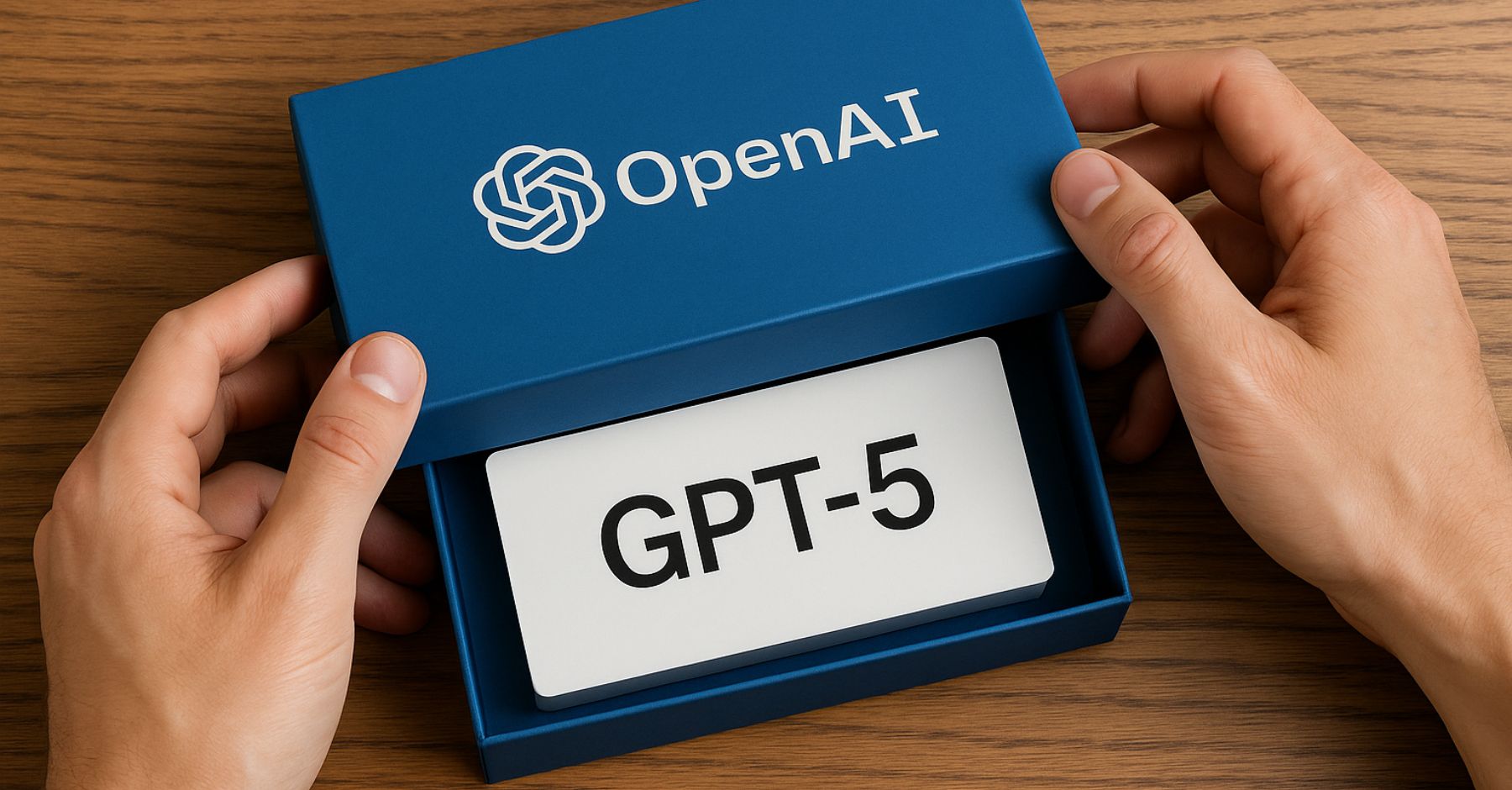Each week we’ll gather headlines and tips to keep you current with how generative AI affects PR and the world at large. If you have ideas on how to improve the newsletter, let us know!
What You Should Know
How GPT-5 Has Changed ChatGPT Already
Last Thursday, OpenAI finally made one of the most highly anticipated AI launches to date: GPT-5. Considering how much hype had built up, it always seemed hard for this new flagship model to meet expectations. Initial opinions range from “I think GPT-5 is unequivocally the best coding model in the world” to “GPT-5 is a disaster.”
In OpenAI’s livestream debuting GPT-5, company leaders called it “the most-reliable, most-factual model ever” with writing that has “more rhythm and beat to its prose” and is “more genuine and emotionally resonant” than previous models. Among the biggest changes with GPT-5, ChatGPT has personality options, better vibe coding capabilities, and an inherent model picker, so users don’t have to choose.
While the new model seems promising, the rollout was “bumpy” according to OpenAI CEO Sam Altman, and things are already changing. In a Reddit AMA on Friday, Altman said GPT-5 would start seeming “smarter,” after fixing a glitch that hindered the model picker, and that he’d look into reviving the 4o model that users pined for after the company sunset all previous models. (NOTE: Paid users can toggle on a setting in ChatGPT to “Show legacy models,” though at least for us, it doesn’t seem to do anything yet.)
Even though OpenAI is updating GPT-5 in response to feedback, it’s worth exploring and experimenting with (more on that in a tip below). GPT-5 may force you to rethink what you ask for in the first place. The model’s personality controls and behind-the-scenes routing take some of the guesswork out of working with AI, but you still need to decide what outcome you want before you start, and how to ask for it. Each model release comes with a different prompting strategy, and experimentation is the best way to figure that out for yourself.
What are your early impressions of GPT-5? Let us know here.
Elsewhere …
- AI Agents Drafted into the Cyber Defense Forces of Corporations
- Apple Brings OpenAI’s GPT-5 to iOS and macOS
- Claude Just Learned a Useful ChatGPT Trick
- 21 Ways People Are Using AI at Work
- Is AI Coming for Your Creative Job? Maybe Not – with Some Human Intervention
 The power of words
The power of words
What’s happening: Even though OpenAI is fixing GPT-5’s model router, it might not pick the right one every time. You can help guide it.
What that means: Over time, prompting has become less about choosing words carefully and more about showing intent, examples, and process because AI models were largely figuring out the intricacies on their own. In the early days of GPT-5, we may need to throw it back to using some keywords for specific use cases.
Try this: Wharton professor Ethan Mollick outlined examples in his recent blog post of how he told GPT-5 to “think hard” in order to force its hand at using a reasoning model instead of a base model.
The same seems to go for vibe coding a web app. In OpenAI’s livestream, researcher Yann Dubois demonstrated how to build a French tutor using natural language. His prompt included a key phrase at the end: “Render everything in canvas.” If you’re looking to build your own software quickly, telling GPT-5 to use the canvas feature is crucial. Otherwise, it quickly gets confused or gives you a downloadable file instead of something anyone can use with a link.
Quote of the Week
“If you have been following the GPT-5 rollout, one thing you might be noticing is how much of an attachment some people have to specific AI models. It feels different and stronger than the kinds of attachment people have had to previous kinds of technology (and so suddenly deprecating old models that users depended on in their workflows was a mistake).
“This is something we’ve been closely tracking for the past year or so but still hasn’t gotten much mainstream attention (other than when we released an update to GPT-4o that was too sycophantic).”
— Sam Altman, CEO of OpenAI, in a post on X about the model’s rollout
How Was This Newsletter?



